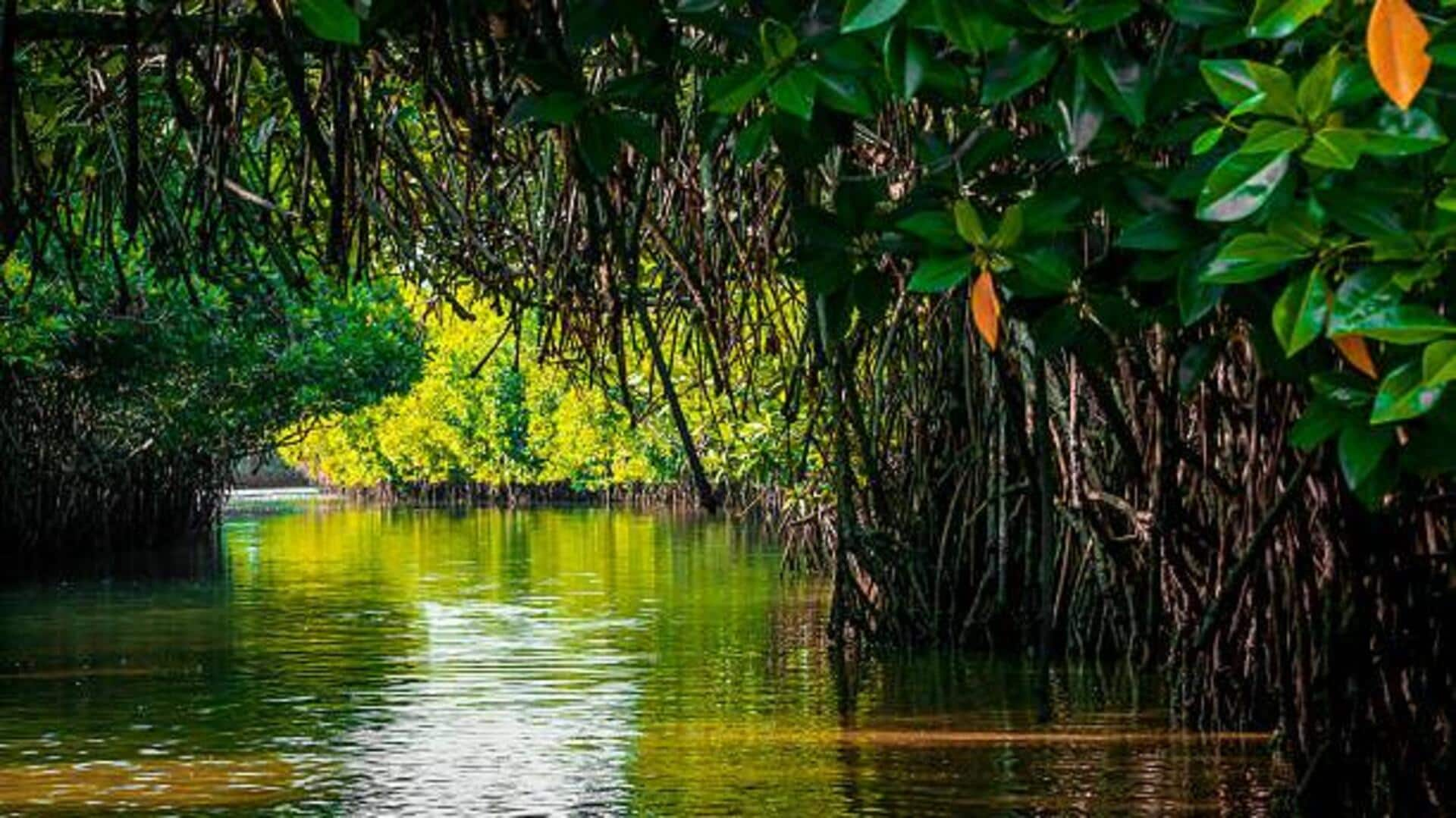
Eco-tourism in India: 5 must-visit mangroves
What's the story
India's mangrove forests are a treasure trove of biodiversity and an essential part of the ecosystem. These coastal forests not only protect shorelines but also provide a habitat for a wide range of flora and fauna. Eco-tourism in these regions can help raise awareness about conservation and offer unique experiences to nature lovers. Here are some of India's most fascinating mangrove eco-tourism spots.
#1
Sundarbans: A UNESCO World Heritage Site
The Sundarbans, the world's largest mangrove forest, is a UNESCO World Heritage Site. It is famous for its Royal Bengal Tigers and rich biodiversity. Visitors can take boat safaris to explore the intricate network of waterways while spotting various wildlife such as crocodiles, spotted deer, and numerous bird species. The region also offers guided tours that educate visitors about the importance of mangroves in maintaining ecological balance.
#2
Bhitarkanika National Park: A biodiversity hotspot
Bhitarkanika National Park in Odisha is famous for its diverse ecosystems, ranging from estuarine to freshwater habitats. The park is home to saltwater crocodiles, olive ridley turtles, and a variety of bird species. Eco-tourists can explore the park via boat rides or walking trails while learning about conservation efforts in place to protect this unique environment.
#3
Pichavaram: One of the largest mangrove forests
Pichavaram in Tamil Nadu is one of the largest mangrove forests in the world, spanning over 1,100 hectares. It is a popular spot for eco-tourism, thanks to its serene backwaters and rich biodiversity. Visitors can take boat rides through narrow canals lined with dense mangroves while enjoying sightings of various birds like herons and kingfishers.
#4
Gulf of Mannar Marine National Park: Coral reefs & mangroves
The Gulf of Mannar Marine National Park is famous for its coral reefs and adjoining mangrove forests. The park has a wide range of marine life, including dolphins and sea turtles, and land species like monitor lizards. Eco-tourists can go on guided snorkeling tours or glass-bottom boat rides to explore this unique ecosystem without disturbing it.
Tip 1
Casuarina Coastal Plantation: A sustainable initiative
The Casuarina Coastal Plantation in Andhra Pradesh is an example of a successful sustainable initiative. It aims to restore degraded coastal areas with indigenous casuarina trees, while also preserving existing mangroves. This not only helps in controlling soil erosion but also provides a habitat for local wildlife. Visitors can walk through these plantations, learning about the importance of sustainable practices in protecting coastal ecosystems.